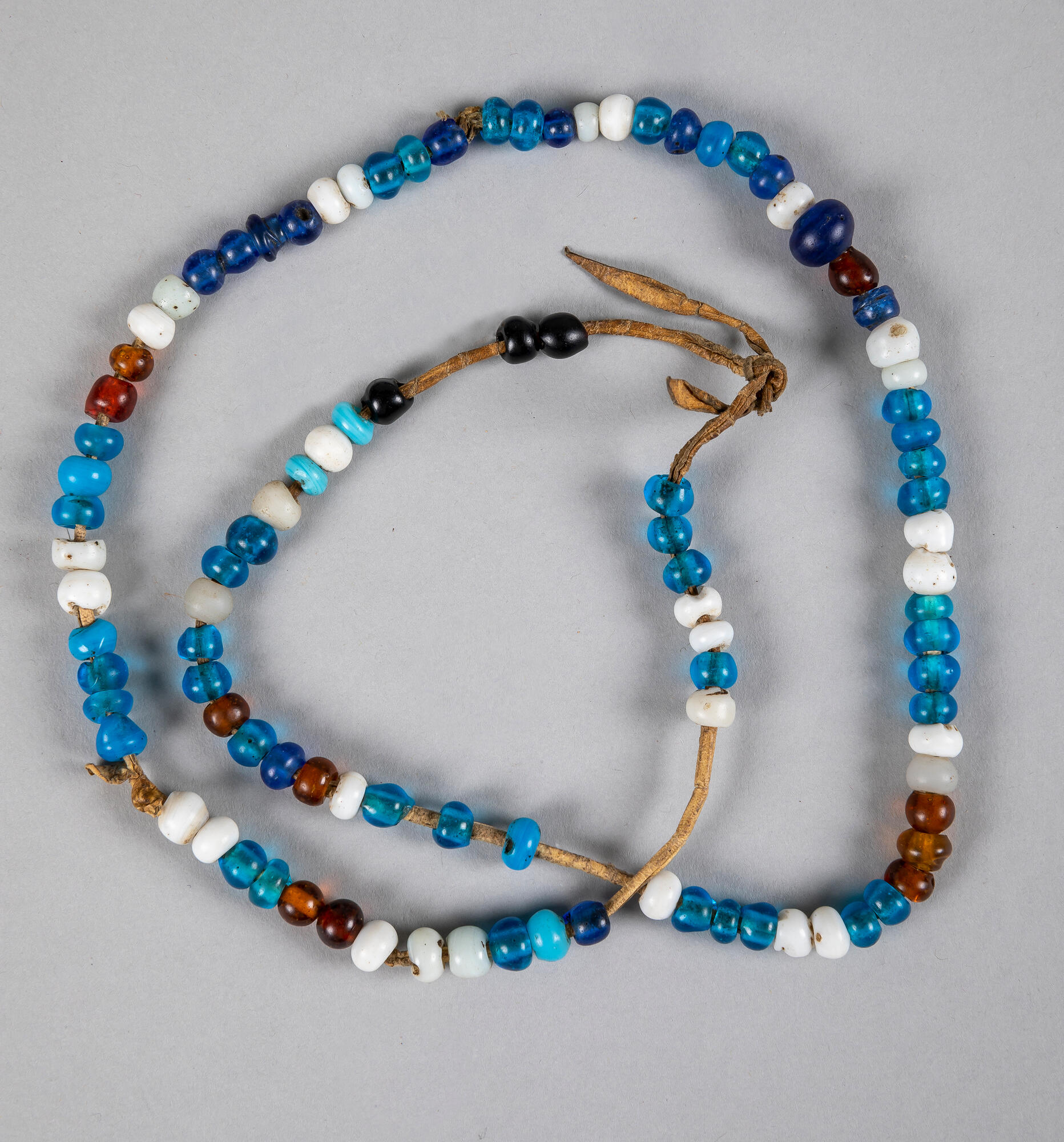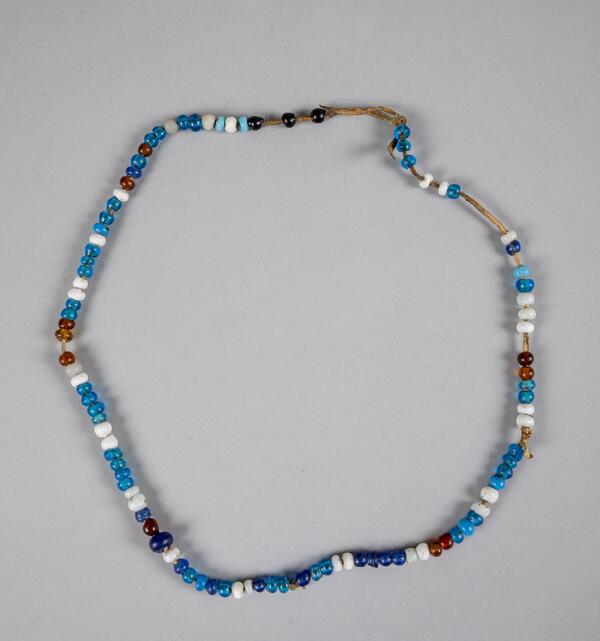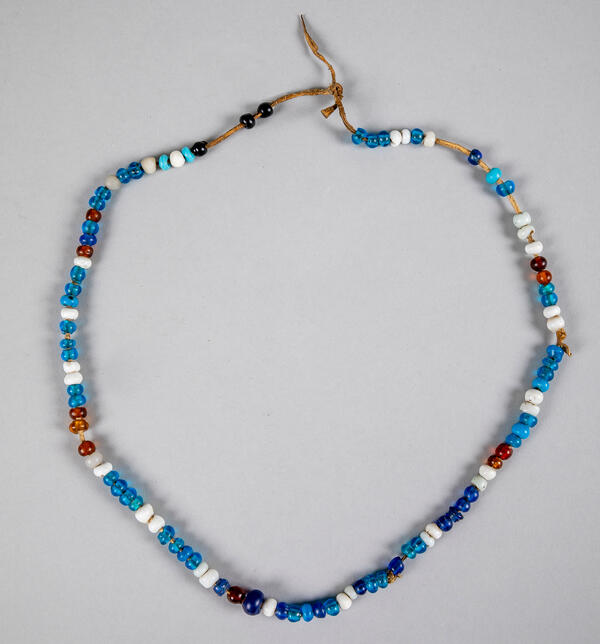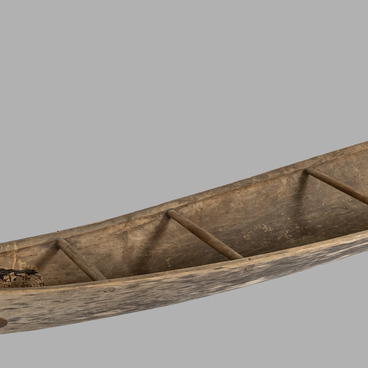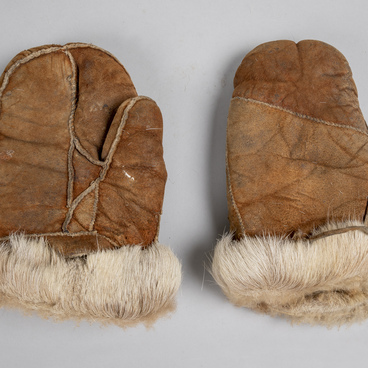One of the most common finds in Bronze Age burials are small seed beads made of opaque glass, usually of a white color. This material is often called faience, however, it is incorrect because faience is closer in composition to ceramics, while this is a special kind of glass.
In Russia, glass beads are found in archaeological sites of different eras. Such jewelry was widespread in the Scythian and Hunno-Sarmatian cultures, among the Old Slavic tribes, as well as in the Middle Ages. Over time, people learned how to make glass red, yellow, blue and used it to create inexpensive jewelry.
There are two ways of making glass beads. The first one implies cutting them from long thin tubes. The same tubes were in all likelihood used to make bugle beads, which are similar to regular beads, only longer.
The second method resembles that of making bronze beads from pieces of wire: glass paste was rolled into a sausage shape and cut into segments, which were then bent into a ring. Beads made using this method have a visible seam, just like bronze beads.
Seed beads made their way to the Yugra region from other countries in large quantities. They were exchanged for furs, fish, and pine nuts. The rich color palettes and versatility of beads made older ways of decoration, like coloring rovduga — which is deer suede leather — and adding metal elements, almost obsolete.
Glass beads (odekuy) were one of the most popular imported goods in Siberia. They were cheap to make, looked nice and were in high demand. The first Yakut voivode, Pyotr Golovin, reported to Moscow: ”… and besides… the odekuy and iron the Yukagirs do not buy any other goods.”
Most native Siberian women wore beads made of multi-colored different-sized glass balls threaded on a string as jewelry. Blue beads were especially common and loved by women in Western Siberia. Their appearance on the territory of the Western Siberian taiga at the turn of the 17th century can be seen as evidence of Russia’s colonization of Siberia.
